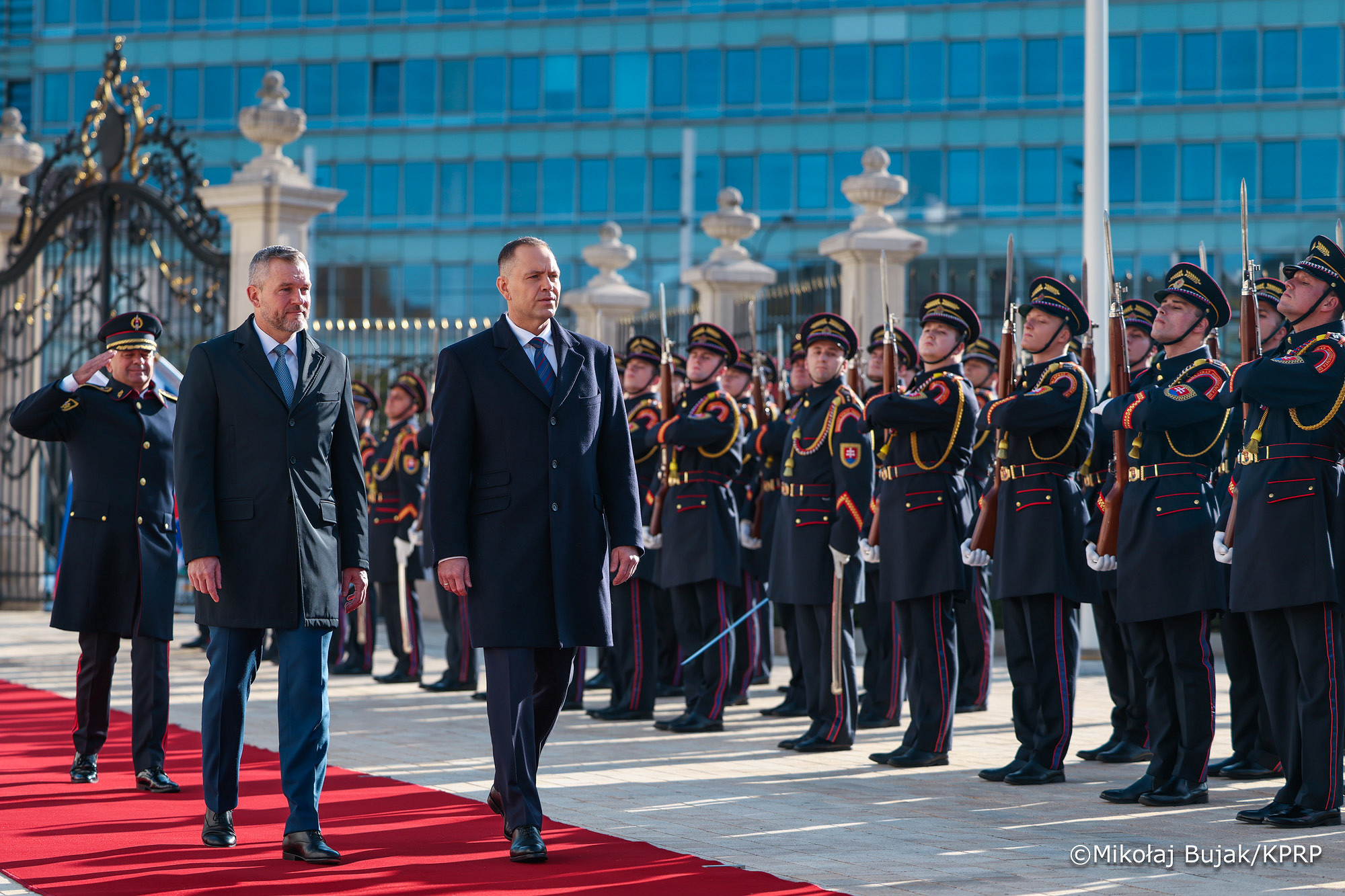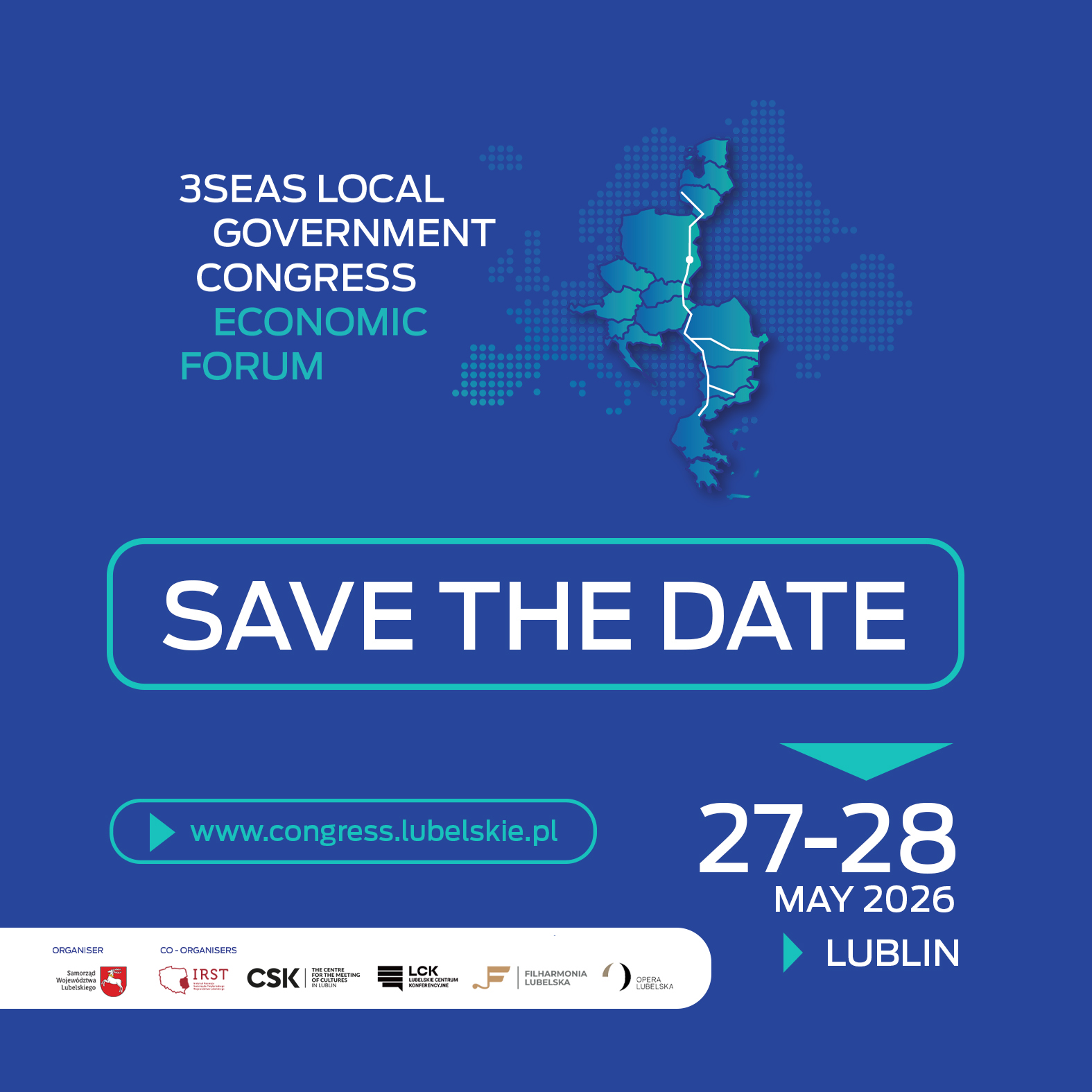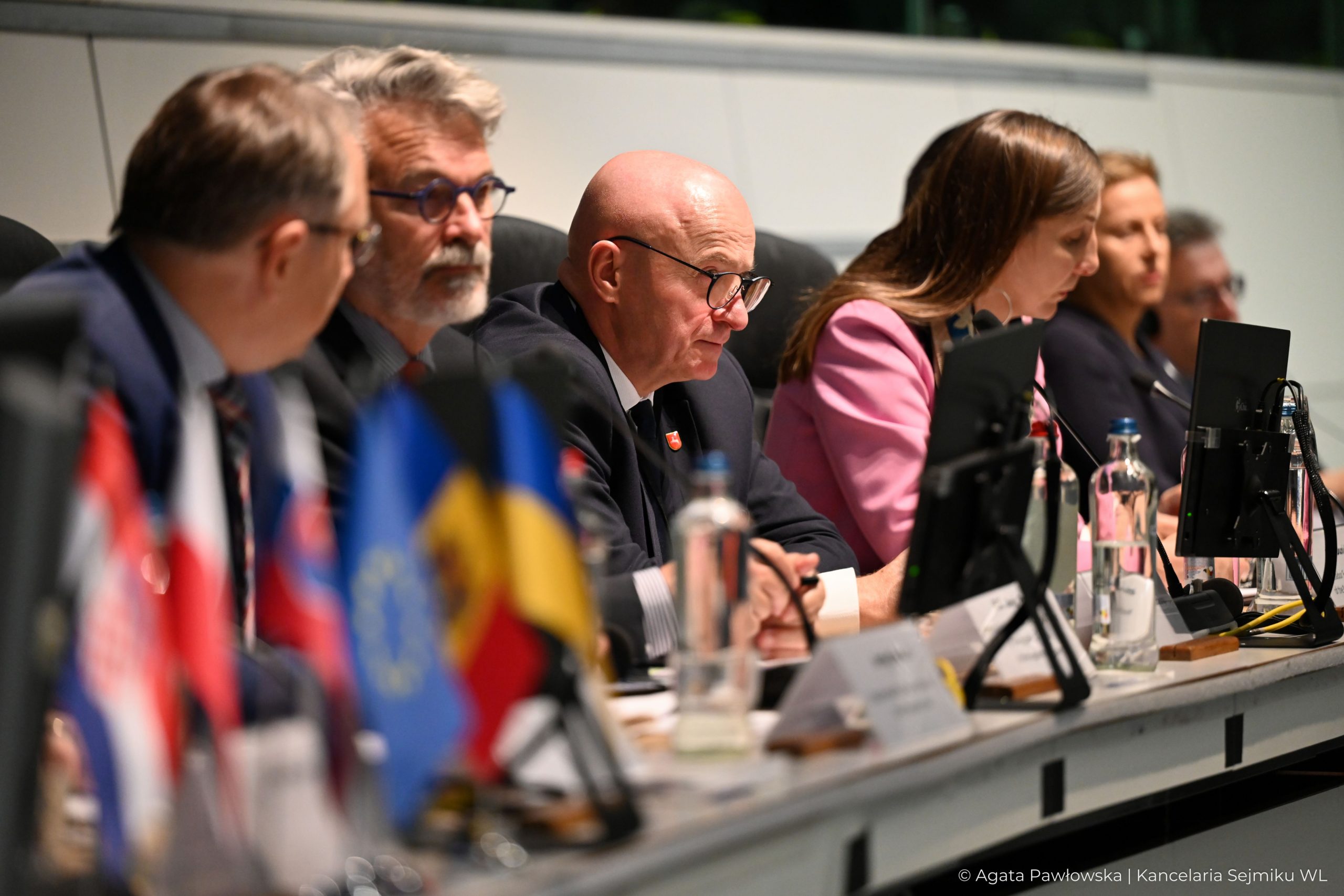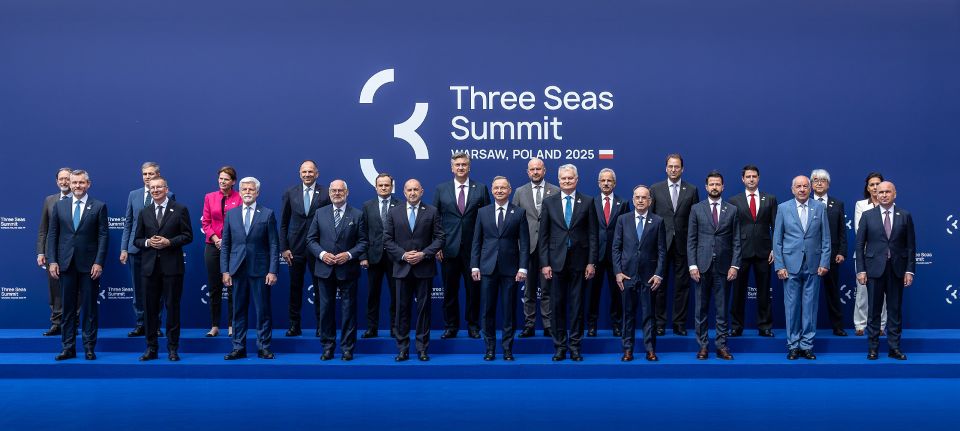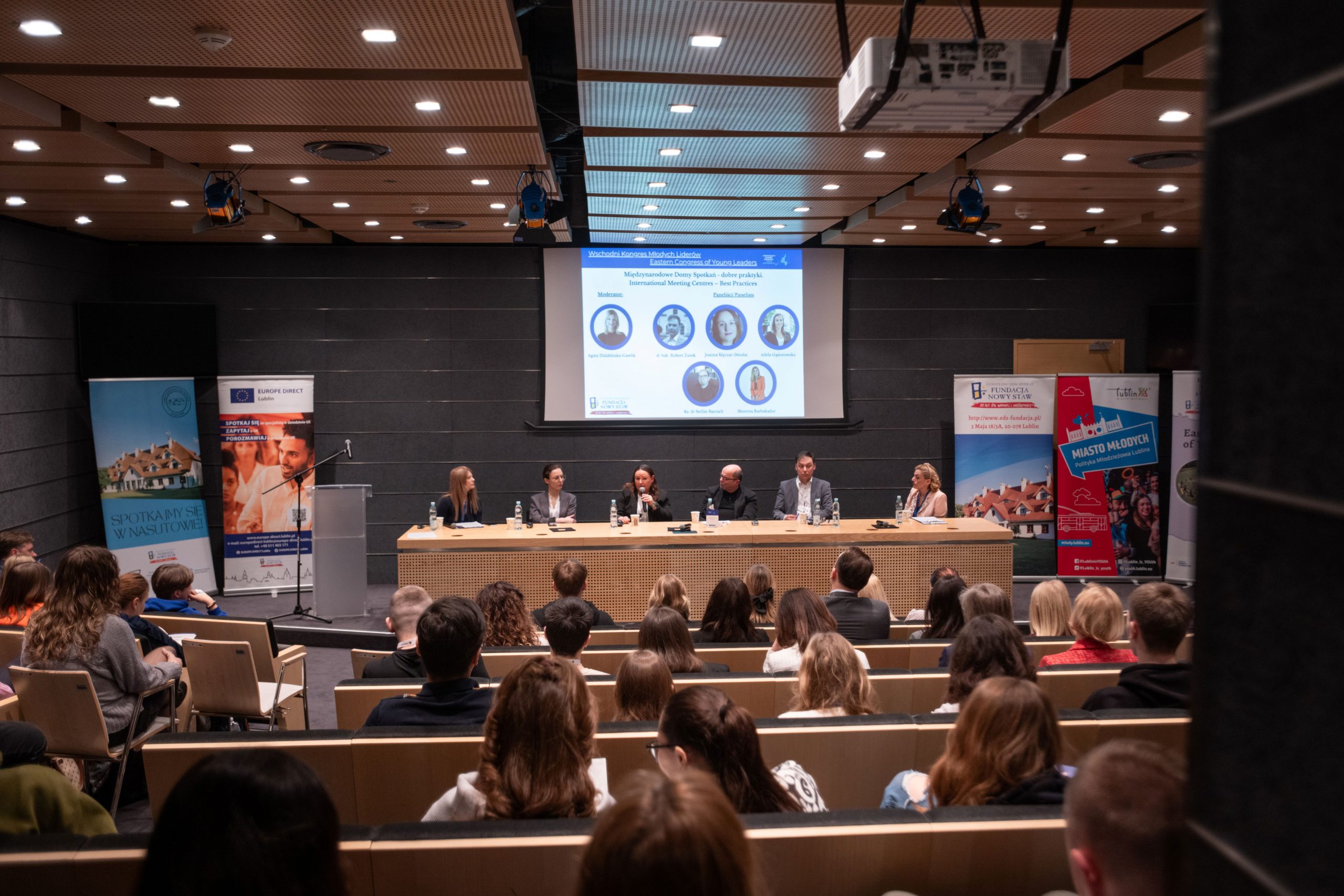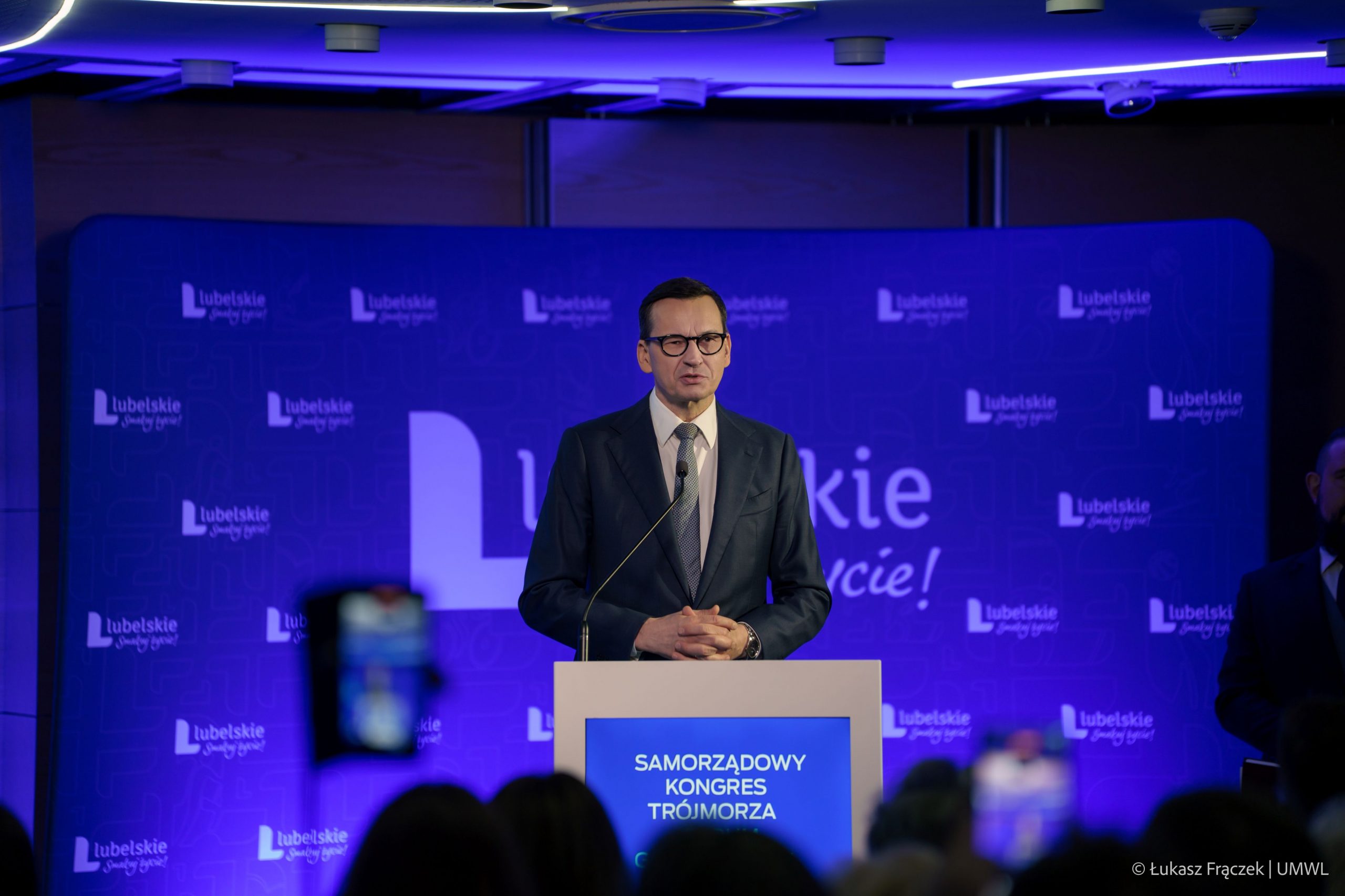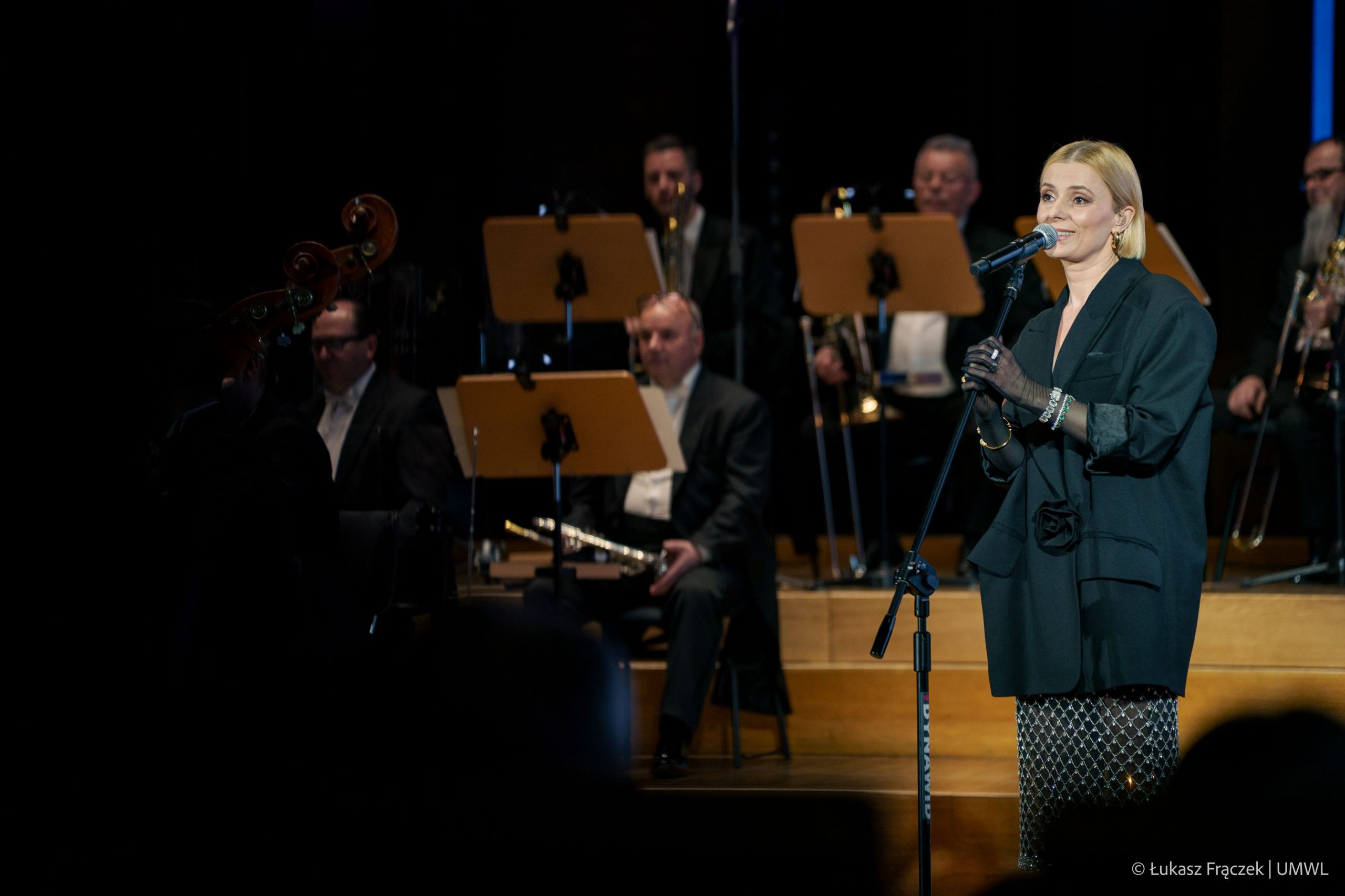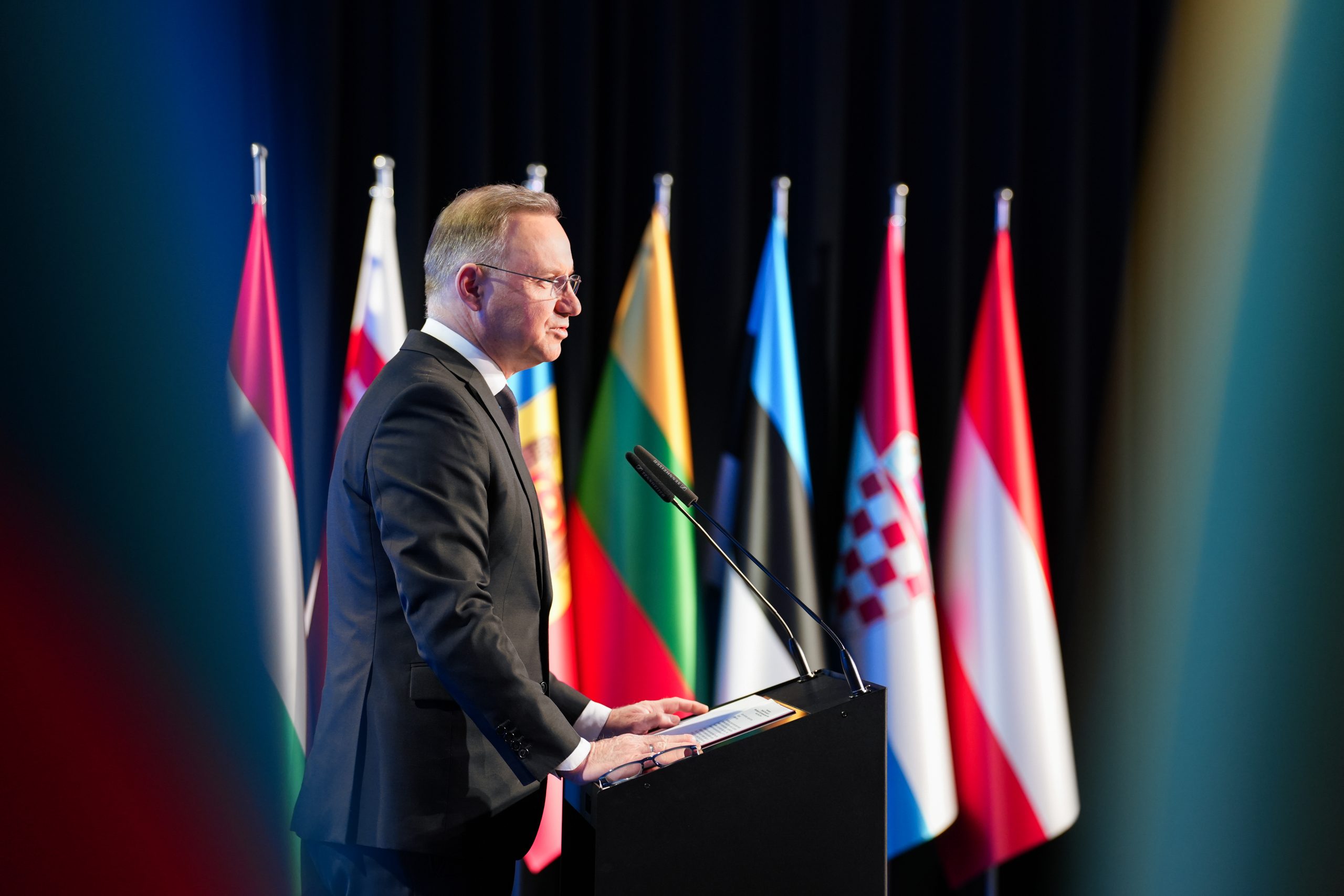Infrastructure of the Three Seas Region
The countries belonging to the Three Seas Initiative are implementing a number of projects in order to improve the infrastructure of the regions. The most important infrastructure projects are presented below.
The Amber Rail Transport Corridor: the corridor will connect the Adriatic ports in Slovenia with the inland ports on the Danube in Hungary and Slovakia, but also offers the potential of developing rail transport with Serbia and improving rail transport in the direction from Europe to Asia.
Baltic - Adriatic TEN - T Core Network Corridor: new traffic flows between the Baltic and Adriatic ports and their hinterland are being developed, and the ports as starting and ending locations of the corridor are being strengthened.
The "Black Sea" motorway: it is the eighth part of the pan-European transport corridor "Durres-Elbasin-Skopje-Sofia-Plovdiv-Burgas-Varna". The objective of the preliminary project is to outline the road layout and to construct the motorway bypass of Bulgaria.
Construction of the second railway track between Sopron and Györ: at present, the Sopron-Harka station (on the Hungarian and Austrian border) has reached its capacity limit. Consequently, this section is not suitable to meet the expected increase in traffic, especially the planned increased frequency of cross-border trains between Austria and Hungary.
Construction of a new road bridge over the Tisza in the Záhony area: between Hungary and Ukraine, in the Záhony area, the capacity of the existing road bridge on the Tisza forms a bottleneck in traffic between the two countries. It is only the construction of a new bridge and a new border crossing that can provide permanent additional capacity.
Construction of the Zalaszentiván triangle track (Hungary): the project is to eliminate the existing major bottleneck on the UE RFC 11 rail corridor and improve the capacity and speed of rail traffic between Szombathely - Zalaszentiván TEN-T Comprehensive and Zalaszentiván - Hodos TEN-T rail lines.
The Danube-Oder-Elbe Connection: a multi-purpose inland waterway connecting the Baltic Sea, the Black Sea and the North Sea, which includes energy and water management functionalities.
Improving rail links between major Polish cities and neighbouring countries: the project aims at creating a system of interregional and international passenger rail links that has been missing for decades (current demand for transport has increased significantly since the construction of most lines).
Fairway Danube: the overall objective of the project is: to develop coordinated action plans for the implementation of the Master Plan for the Rehabilitation and Maintenance of the Fairways of the Danube and its navigable tributaries, developed within the framework of the EU Strategy for the Danube Region. The project is expected to contribute to safer, more efficient and more environmentally friendly inland navigation.
Reconstruction of Ljubljana railway junction: reconstruction of existing railway lines and bypasses, and construction of a new station, logistics and noise protection facilities.
Oil and gas terminal in the port of Ploče : the construction of a berth for oil and liquefied gas in the port of Ploče will allow the expansion and modernisation of port infrastructure and ensure increased the flow of liquid cargo through the port of Ploče and Corridor Vc; it will also increase the revenues of the port authority, and significantly increase trans-shipment efficiency and reduce transport costs per unit of cargo for users of the port capacity.
Modernization of Rijeka port infrastructure: the main objective of the project is to ensure continuity of timber cargo traffic in the port of Rijeka. The specific objectives of the project are to maintain the full operational capacity of the wharf and to increase the safety of timber cargo traffic at the wharf. The project will contribute to a significant improvement in the safety of work at the wharf.
Rijeka - Zagreb deep-water container terminal: the port of Rijeka recorded high growth in container volumes, with almost 250,000 TEUs handled in 2017. The increase in the container segment is mainly due to the further containerisation of general cargo in the region, modernised road and rail access on land and inland, a modernised port and an improved customs facilitation procedure, which have enabled the port of Rijeka to compete with other North Adriatic ports in terms of both domestic traffic and trade volumes in inland countries.
Rail Baltica: a rail transport infrastructure project aiming at integrating the Baltic countries into the European rail network. The project directly involves five European Union countries: Poland, Lithuania, Latvia, Estonia and indirectly Finland.
Rail-2-Sea: the construction of a railway line between the port of Gdańsk and the port of Constanţa passes through four countries: Poland, Slovakia, Hungary and Romania.
Sava IW section between Jaruge and Novi Grad: at present, the waterway of the Sava River does not meet the required navigational parameters of Class IV international waterway and does not allow interrupted navigation for 300 days a year for vessels with a maximum draught of 2.5 m. According to the preliminary design, it is necessary to reconstruct the existing waterway facilities and build new fortifications, spurs and sills that will reduce the width of the waterway and increase the depth of the river.
Tunnel under Petrohan Pass: the project aims at facilitating travel to north-western Bulgaria and shortening the distance to Romania.
Via Baltica route: the route between Poland and Estonia. It is one of the most important transit arteries in Eastern Europe. There is no other transport corridor for goods transport in north-south direction in Lithuania, Latvia and Estonia. The share of freight traffic on the road is about 30%, which requires traffic conditions of the highest quality to ensure the smooth flow of traffic.
Via Carpatia Route: the route passing along the North-South axis between the Baltic, Aegean, Black and Adriatic Seas, thus contributing to the economic and territorial cohesion of the European Union and to the socio-economic development of the region and Southern Europe.
Viking Train: a joint project of Lithuanian, Ukrainian and Belarusian railways, stevedoring companies and the ports of Klaipeda, Chernomorsk and Odessa. The route crosses Ukraine, Belarus and Lithuania and connects a network of maritime container and contrailer lines on the Baltic, Black, Mediterranean and Caspian Seas.
Source: https://3seas.eu/
Read more
